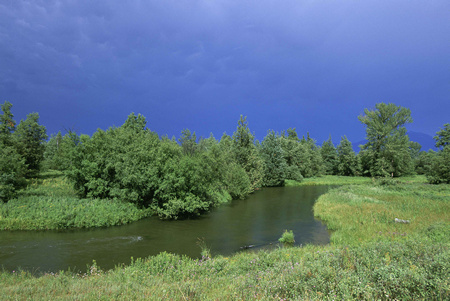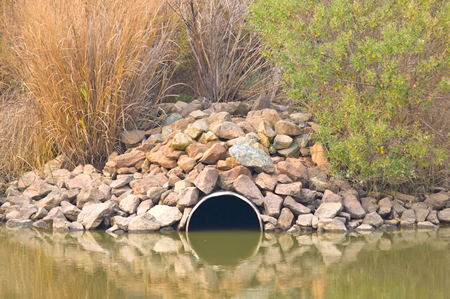

The US Environmental Protection Agency announced on May 27 that a long battle to update and expand the protection of the Clean Water Act to all like waters in the US has, at least for a moment, come to a close. A final rule—the Clean Water Rule—has been accepted. This follows debate and litigation going back nearly 15 years.
The EPA worked with the US Army Corps of Engineers on the updated rule, which stresses active tributaries and signs of flowing water. Much of the current rule has been motivated by a 2006 US Supreme Court ruling that confirmed the Clean Water Act’s authority over illegal discharges in wetlands and streams that lead to navigable waterways but that the Clean Water Act failed to clearly define the types of waters that connect wetlands to navigable waterways.
That uncertainty in a definition of connecting waters has meant that more than one-third of the US population has drawn drinking water from sources that have not been fully or clearly protected under the historic Clean Water Act.
The Clean Water Rule’s passage corrects inconsistencies, improves oversight, and raises the bar, nationally, on climate change awareness and response.
PRE-PUBLICATION OF THE RULE (PDF)
In a release, the EPA noted the rule’s major characterstics:
- Clearly defines and protects tributaries that impact the health of downstream waters. This includes navigable waterways and their tributaries and which display the features of “a bed, bank, and ordinary high water mark.” Headwaters gain protection under this definition.
- Provides certainty in how far safeguards extend to nearby waters. These waters, such as being situated next to rivers and lakes, impact downstream waterway health too. The new rule provides “physical and measurable” boundaries in support of protecting these zones.
- Protects the nation’s regional water treasures. Here, the EPA has established a way to protect “prairie potholes, Carolina and Delmarva bays, pocosins, western vernal pools in California, and Texas coastal prairie wetlands.”
- Focuses on streams, not ditches. Ditches that flow only when it rains are not covered; only ditches that are built out of or function like streams are protected.
- Maintains the status of waters within Municipal Separate Storm Sewer Systems. The use of green infrastructure is encouraged.
- Reduces the use of case-specific analysis of waters.
In closing clarification in the release, the agency notes: “A Clean Water Act permit is only needed if a water is going to be polluted or destroyed. The Clean Water Rule only protects the types of waters that have historically been covered under the Clean Water Act. It does not regulate most ditches and does not regulate groundwater, shallow subsurface flows, or tile drains. It does not make changes to current policies on irrigation or water transfers or apply to erosion in a field. The Clean Water Rule addresses the pollution and destruction of waterways – not land use or private property rights.”
The rule will be effective 60 days after publication in the Federal Register.
Of course, while the new rule has been in development for many years, it is likely to meet resistance in Congress, where conservatives have viewed the expanded rule as an overreach of federal authority.
Learn more at the EPA’s Clean Water Rule page.











